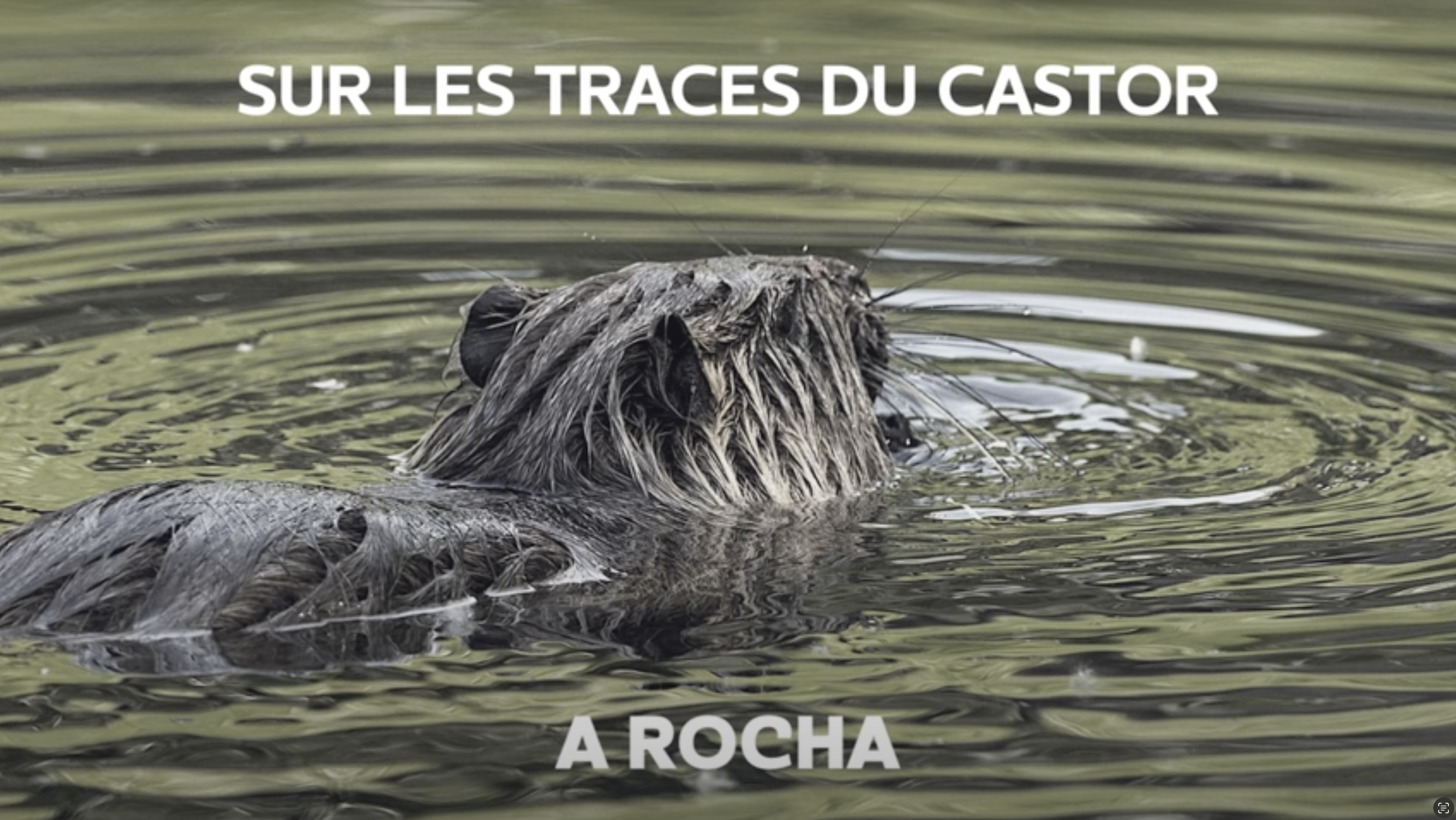Following the beaver tracks

In 15 years of working in the Vallée des Baux, A Rocha France had seen signs of the European Beaver Castor fiber, but was never able to observe it. When the team recently came across fresh beaver tracks, they were determined to find this elusive creature.
In France, the beaver is a nationally protected semi-aquatic mammal. It has long been hunted for its fur and flesh, to the point of becoming extremely rare. The destruction or modification of beaver habitat by building dams and urbanizing banks has caused further population regression. Today, thanks to actions to reintroduce, observe and protect the species and its environment, the beaver population in France is gradually increasing.
Beavers are nocturnal, so it can be difficult to catch sight of them. Traces left behind alert us to their presence, like gnawed trees and pruned stumps after feeding on soft wood. After noticing beaver tracks, the Vallée des Baux team set up two photo traps. At first they only caught footage of birds and empty marshes. Finally after two weeks: success!
Night-time footage revealed a beaver feasting on wood for nearly an hour. In only five minutes, it felled a tree and then got to work on smaller branches, using its dexterous paws and large incisors.
Beaver activity – felling trees and building dams – creates favourable habitat for a variety of other species: insects that live in the wood become food for other species. Some birds nest on top of beaver lodges, and inside there is habitat for other creatures like voles and amphibians. Beaver ponds also improve water quality and support riparian zones that help mitigate the effects of climate change. We can learn a lot from this ‘engineering species’ which transforms its environment in a way that benefits the whole ecosystem, and we are thrilled to have them as co-labourers in preserving the Vallée des Baux.
You can see the remote footage of the Vallée des Baux beaver in A Rocha France’s video:
